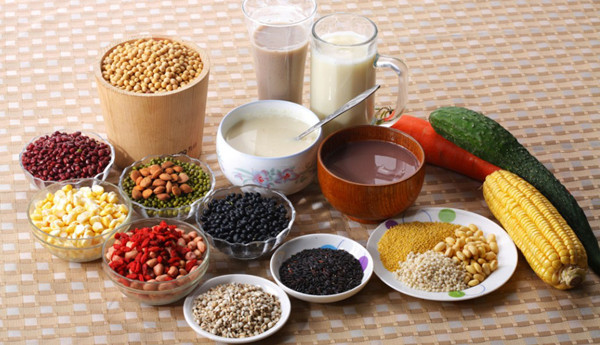
Food FDA
Food certification
The FDA's governing body for food, agricultural products and seafood is the Food Safety and Nutrition Center (CFASAN), which is responsible for ensuring that the American food supply is safe, clean, fresh and clear.
The central supervised food imports $ 240 billion per year, of which 15 billion are imported food, the center's main monitoring priorities include:
1, food freshness;
2, food additives;
3, food biological toxins other harmful ingredients;
4, seafood safety analysis;
5, food logo;
6, after the food market tracking and warning
According to the anti-terrorism laws passed by the US Congress in 2003, food companies outside the United States must register with the FDA before exporting to the United States and deliver a briefing to the FDA at the time of export.
In accordance with the "United States No. 107-188 Public Law" must be registered with the FDA for foreign food production and processing enterprises are as follows:
1, wine and alcoholic beverages;
2, baby and children's food;
3, bread cakes category;
4, drink;
5, candy (including chewing gum);
6, cereals and ready-to-eat cereals;
7, cheese and cheese products;
8, chocolate and cocoa food;
9, coffee and tea products;
10, food with color;
11, weight loss regular food and medicinal food, meat substitutes;
12, supplementary food (that is, domestic health food, vitamins and Chinese herbal medicine products);
13, spices;
14, fish and seafood;
15 to the food placed and directly contact with the food material and products;
16, agents and safe ingredients for food products;
17, food on behalf of the sugar;
18, fruit and fruit products;
19, edible gum, lactase, pudding and stuffing;
20, ice cream and related foods;
21, imitation dairy products;
22, macaroni and noodles;
23, meat, meat products and poultry products;
24, milk, butter and dry dairy products;
25, dinner food and marinade, sauce and specialty products;
26, dried fruit and nuts;
27, with shell eggs and egg products;
28, snacks (flour, meat and vegetables);
29, pepper, special flavor and salt;
30, soup class;
31, soft drinks and canned water;
32, vegetables and vegetable products;
33, vegetable oil (including olive oil);
34, vegetable protein products (meat products);
35, whole wheat food and flour processing of food, starch, etc .;
36, mainly or all for human consumption of products;